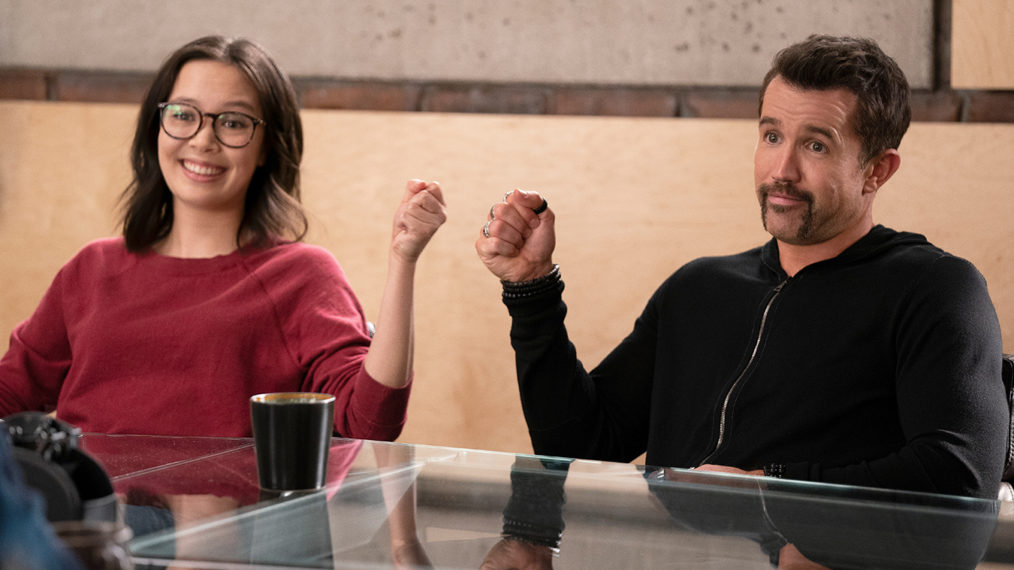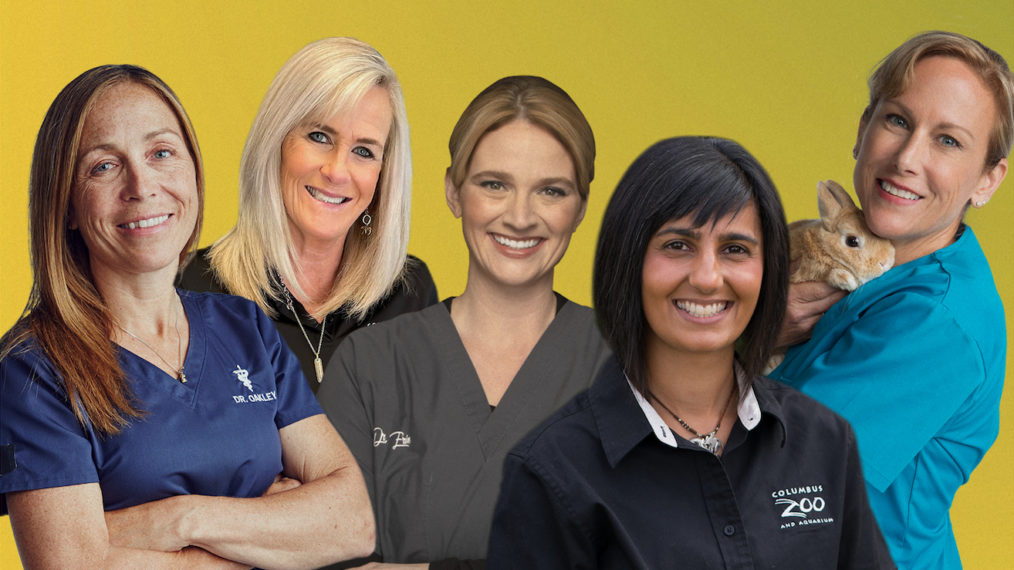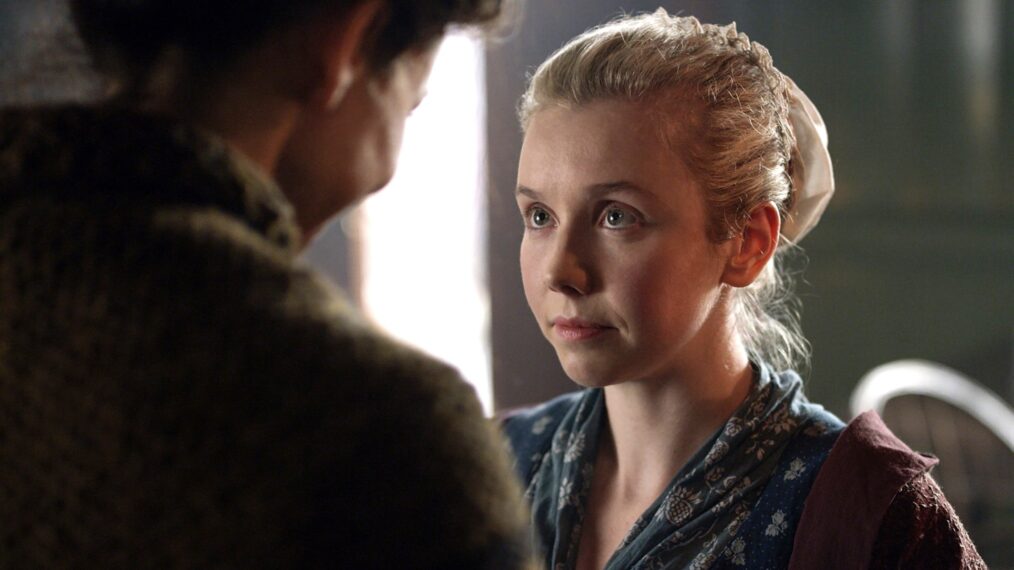#Camerimage: ‘Zone of Interest’ Cinematographer Lukasz Zal on “Forgetting Everything I Learned” to Make Harrowing Holocaust Drama

To work on The Zone of Interest, Jonathan Glazer’s harrowing Holocaust drama about the domestic life of an Auschwitz commandant and his family, Polish cinematographer Lukasz Zal had to “forget everything I was taught” about making “beautiful images.”
Glazer’s film, loosely adapted from the 2014 novel of the same name by Martin Amis, follows the seemingly mundane activities of Auschwitz commandant Rudolf Höss, and his wife Hedwig, played by Christian Friedl and Sandra Hüller, as they strive to build a dream life for their family in their house and garden next to the camp. The smooth, stunning monochrome aesthetic Zal perfected on his (Oscar-nominated) lensing of Pawel Pawlikowski’s Ida and Cold War would not do for Glazer’s story, which aimed to evoke the banality of evil by refusing to show Höss and Hedwig as anything but what they were: Ordinary, even boring, people who carried out unspeakable evil.
For Zal, the challenge was to strip away what he calls the “Hollywood approach” of ” fetishizing history” with “beautiful actors in beautiful light [wearing] beautiful uniforms” to find an “ugly, objective” way to show evil “as something ordinary, like mending a coat or cleaning the floor.”
What made you want to be involved in this project?
Jon sent me the script and remember reading it and being completely smashed by it. I had never seen this kind of approach to a Holocaust film. This wasn’t the Hollywood approach to this kind of story, which I think often can fetishize this history, even when it comes to how the characters are shown, the way the uniforms are depicted, even the use of color and dark shadows. Here Jonathan wanted everything to be bright and light, everything looking so nice and light and normal. I remember reading this and thinking: I want to do that. I want to shoot this film because I’ve never seen anything like this before and it goes to the core of something I’m personally very interested in, which is why people do evil, how people can treat killing like something ordinary, like mending a coat or cleaning the floor.
How did you and Jonathan Glazer go about translating that idea — the banality of evil — into a visual language?
We were talking about this and I realized that for this film I needed to forget everything I was taught in terms of lighting, in terms of manipulating an image, the whole procedure of trying to capture moments, trying to interpret reality with my camera. This would be the complete opposite. It was completely against typical Hollywood cinema, that style of trying to tell the story with nice lighting and close-ups that draw you into the emotions of a scene, of the characters. Our approach was completely different: To create a completely unattractive, unappealing, almost objective imagery.
The most important aspect was not to fetishize the image, not to judge, not to make any decisions you would usually make as a director of photography. Jon and I said at the beginning the camera in this film should be like a big eye that sees everything. Of course, we did make some aesthetic choices, but I was trying to limit my impact on this film as much as possible, to just forget about my approach to aesthetics, to composition, and just set up the framing in the most simple way possible.
What did that mean in practice?
It meant embracing a completely different approach, embracing natural light, even the “ugly” light. When I was taught at school, were were also told to shoot with a nice backlight or in the “golden hour” when the light is most beautiful. Here we were shooting at 12 noon, at 1 pm, 2 pm, at three o’clock, when the light is most harsh. For me, it was extremely exciting, because it was completely against this idea of making beautiful images. Instead what was beautiful to me about our images for the film was how honest and how real they looked.
I had to forget what I knew about aesthetics, about using the golden ratio for framing, the golden hour for lighting, all those golden tricks you learn and you use again and again: A bit of backlight here, a camera flare there, some shallow depth of field, all the ways you can use the camera to be emotionally manipulative. For this film we wanted a different approach, we wanted to show these characters in a way that would be objective, to try and get out of the way and just show things the way they are.
I remember one of our first meetings on set we were discussing a scene, which in the end didn’t make it into the final film, where a character is looking through a window, and in the next scene we hear a gunshot and we know that he’s been killed. I was setting up the shot and suggesting doing a nice close-up portrait of this guy, looking out of the window. And Jon said: “Don’t you think that would be really emotional and manipulative? What if we just shoot him from far away, just show this guy standing by the window and not even see his face?”
That was when something just clicked for me. I understood we were going to make this film in the most objective way possible, using the most objective lenses, the most objective lighting, and the most objective framing.
That seems most evident in the scenes in the house, which were shot with 10 different mounted cameras, like a reality TV show.
There was this idea: “Big Brother in a Nazi house” It was a completely different process than what I was used to, because all my work when into the preparation process, deciding where to put the cameras. We’d set things up in the house and would go down in the basement with my camera operator and my team, which was something like 20 people, going through the images with Jon. We’d change lenses, change positions, again and again. It was a similar process every day, with every scene.
A lot of the tasks I had to do were about preparing the workflow and coordinating the technology. We hooked up all the cameras via fiber cable because we didn’t want to risk disruption in the frequency with a remote connection. So we have these 10 cameras with all these cables coming out of them, going through the house. Every room had a hole in it for the cables, it was like a Swiss cheese. We were all hooked up with this advanced communication system so I could talk to the whole team, coordinating all these cameras and making all these changes. We’d prep maybe five or six hours every day for the next day’s shoot.
But when shooting started, we just sat back and watched. The actors would do the scene in take after take and you’d have everything in one go: All the shots, close-up wide, mid-shots, while the light is changing, clouds going by, the sun going up or down and we’re just observing with our cameras.
What equipment did you use?
We shot on the Sony Venice cameras because they have this Rialto camera extension system where you can link the camera bodies with fiber optic cables to these smaller, 14×10 centimeter detecters which were very easy to attach to a wall in the house or hide in a cupboard. When we prepared the house we went around finding places to hide the cameras because the shoot itself was done with no crew with the actors. We were all in the basement watching on the monitors.
We shot everything on 6K to give us that extra resolution and on 3200 ISO so we could shoot with amazing sensitivity, with oil lamps, candles. The core approach of the film was always to be as close to reality as possible.
We wanted the lenses to be as small as possible but we wanted modern lenses. We used Leica lenses which were amazing because they were so sharp. The whole idea was to use contemporary equipment to make it look 21st century, not vintage. We shot on digital and we wanted it to look digital, not like film, like sepia.
We used very high F-stops to have everything in the frame in focus to not make the decision for the viewer about what to look at but to try and have everything in the frame in focus. It all went back to this idea of being as objective as possible, of trying to do as little manipulation as we could.
Did making the film this way change how you view other historical films, done more traditionally, particularly about this subject matter?
I think the approach should depend on the story you want to tell, but yes, it does bother me now when I look at a very Hollywood-type depiction of this kind of story. When I see these beautiful actors looking great in this beautiful light wearing these beautiful uniforms. Because I feel it’s not true and it wasn’t like this. It wasn’t beautiful or dramatic or emotional in that way. This kind of killing, there wasn’t a great philosophy behind it. Killing was like parking the car, like closing a door. That’s the terrible and painful thing and the reason, I think, we need to talk about this right now, at this moment. Because if you look at the world right now you can see we haven’t changed. It doesn’t matter if we are talking about Russians, Ukrainians, Israelis, Palestinians, or Polish. We are all humans, we are all the same. Sometimes we can be amazing and brave. Sometimes we are awful and monstrous. But we need to look at ourselves as we are and not look away.
If you liked the article, do not forget to share it with your friends. Follow us on Google News too, click on the star and choose us from your favorites.
For forums sites go to Forum.BuradaBiliyorum.Com
If you want to read more Like this articles, you can visit our Social Media category.




